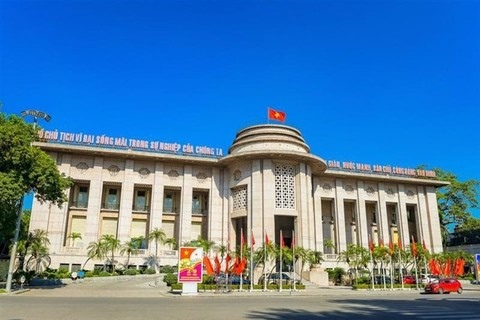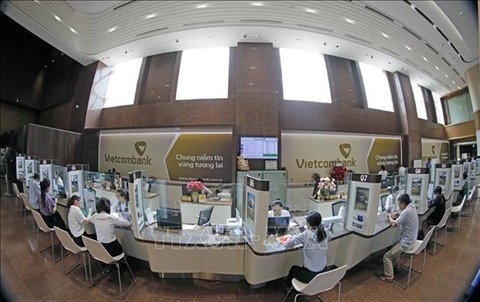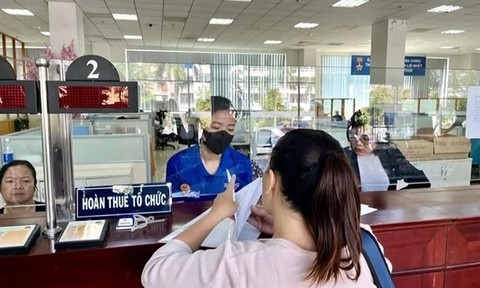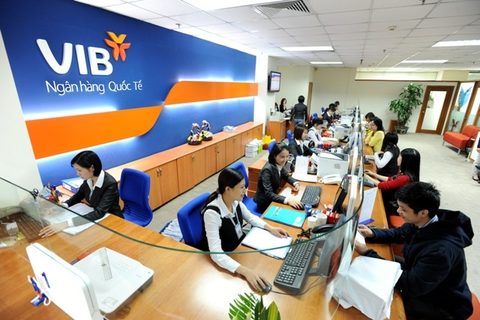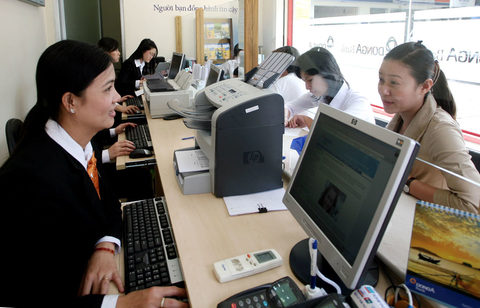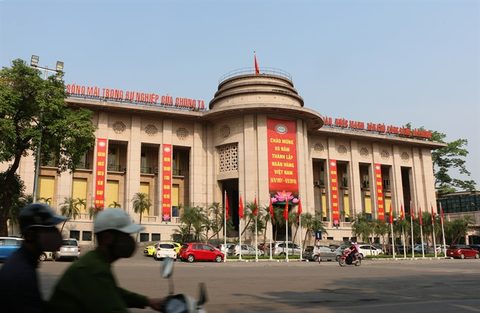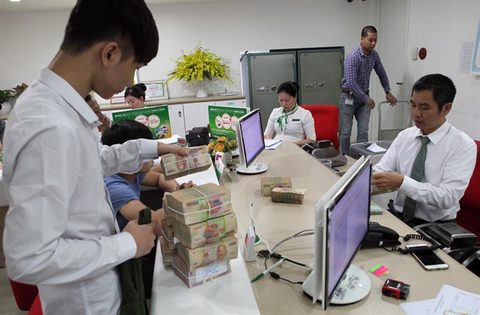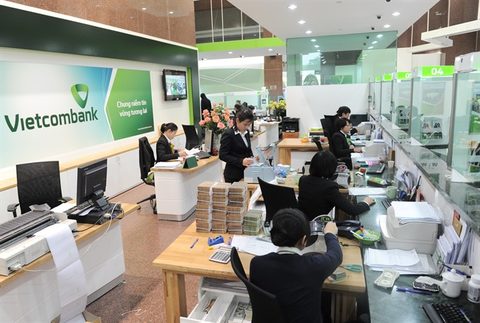Banking to get an E&S rule mandate
Banking to get an E&S rule mandate
The central bank is gradually introducing a raft of regulations to enforce laws that require local lenders to incorporate environmental and social risk management into their lending criteria.

As part of an attempt to promote a greener and more sustainable economy, the State Bank of Vietnam’s (SBV) Circular No.39/2016/TT-NHNN, regulating the lending operations at credit institutions and foreign bank branches – which took effect on March 15, 2017 – clearly states that project finance is to be conducted on the basis of negotiation between credit institutions and their clients. They should be congruent with lending provisions and current rules and regulations on environmental protection.
Economist Nguyen Tri Hieu, when asked about how environmental and social (E&S) risks were managed in banks’ lending operations, said that only a few banks had adopted E&S risk management procedures in project financing.
According to a survey reviewing the current practices in E&S risk management among Vietnam-based commercial banks by SBV and IFC in 2012, one-third of the 54 banks that responded identified a lack of enforcement of E&S laws as a major constraint to E&S risk management.
“Local banks indicated that without strong enforcement of E&S regulations and laws, businesses seem to avoid setting E&S issues as a high priority, and it would be very difficult for banks to change that behaviour,” the survey found.
Meanwhile, only 26 per cent of the local banks reported that they were aware of best practices and international initiatives on E&S, such as IFC Performance Standards or Equator Principles – the risk management frameworks to determine, assess, and manage environmental and social risks and impacts in projects. It is worth knowing that these lenders were asked to adopt E&S best practices in lending operations as a provision of business co-operation or strategic partnerships with financial development institutions.
A number of lenders like VietinBank, BIDV, and Vietcombank are leading the market in complying with E&S risk management requirements in project finance, adopting best practices in establishing procedures and systems for evaluations and gradually developing green credit portfolios. The majority of banks are still at the early phases of drafting internal policies and procedures to meet SBV’s new requirements for E&S risk management and international best practices.
“E&S risks should be included in banks’ risk management framework to ensure clients’ compliance with lending commitments. It’s also a growing global tendency to mitigate projects’ negative impacts on the environment and society,” Hieu said.
In Hieu’s viewpoint, effective implementation of E&S risk management in lending will positively impact the national economy’s sustainable development, credit institutions, and their clients. “Should a business project create harm to the environment, the project owner will mark a fall in terms of profit and the lender itself will face risks in terms of bad debts, legal ramifications, and a damaged reputation,” he said.
In 2015, SBV successively issued Directive 03 and Decision 1552 to promote green credit growth and E&S risk management in project finance.
According to Nguyen Toan Thang, secretary general of the Vietnam Banks Association (VNBA), the policy-level attempts, together with Circular 39, have shown the concerted efforts of the Vietnamese government and SBV to boost sustainable growth across the banking sector.
“I expect that SBV will take an active role in designing policies and setting sector priorities in the near future. In that manner, credit structure will be shifted towards more environmentally friendly debtors, making greater contributions to green growth,” Thang said.
“In addition to rules and enforcement, it also takes time and effort to raise awareness, build capacity, and create favourable conditions for banks to make changes in lending practices,” he added.
Can Van Luc, deputy director of BIDV, said, “We have recently seen several winds of change. Some banks have launched their E&S risk management systems and participated in green credit programmes of international organisations, such as the World Bank’s renewable energy programme.”
General director Le Duc Tho of Hanoi-based VietinBank – a bank with two strategic foreign partners, IFC and Bank of Tokyo-Mitsubishi UFJ (an Equator bank) – told local press that the lender has developed a set of E&S risk management policies and guidelines in project finance adhering to international best practices.
“We take the initiative to access sources of green financing via local ministries, international development institutions such as World Bank Group, Asian Development Bank, or European Investment Bank, as well as NGOs. We broadly offer our loans for energy-saving and seek appropriate borrowers,” Tho said.
Yet in order to upscale the effectiveness, BIDV’s Luc stressed the need for a national master programme on green credit and related guidelines for specific industries and sectors. He also proposed the creation of baseline procedures for evaluation lending. “That will be the touchstone for implementation by banks,” Luc said.
Hieu, likewise, highlighted that in the near future, all credit agreements should include a compulsory provision for protecting the environment and community. “Banks will have a monitoring role. If enterprises don’t fully comply with agreements, relevant sanctions should be applied,” he said.


